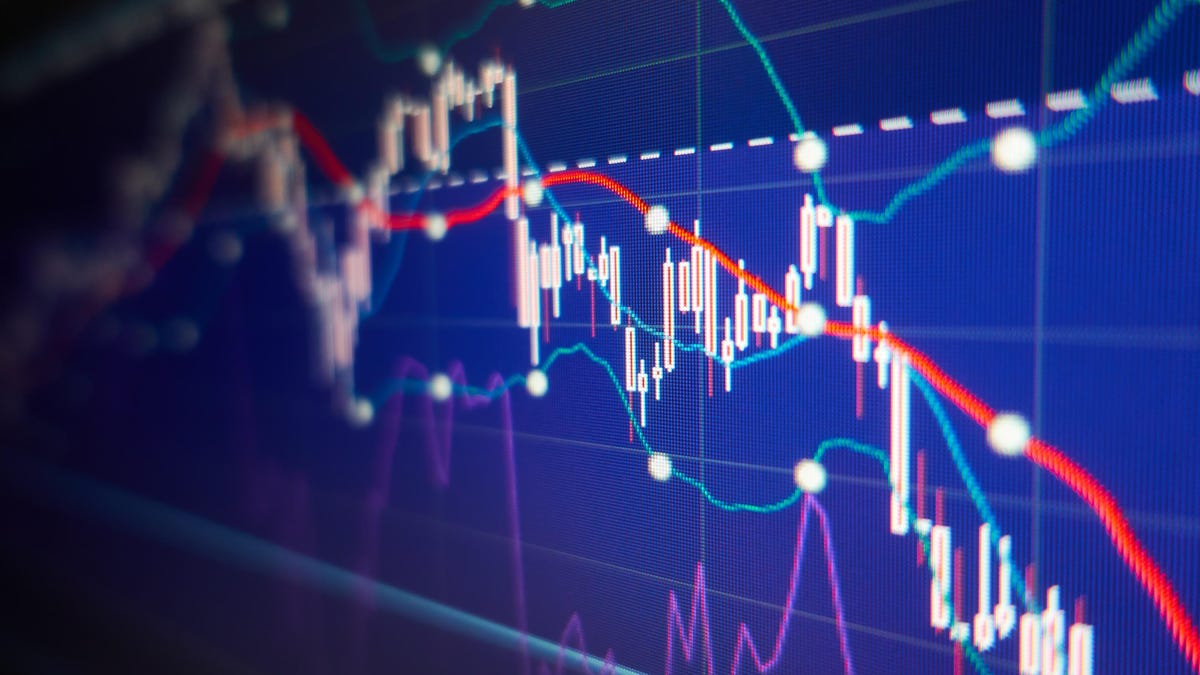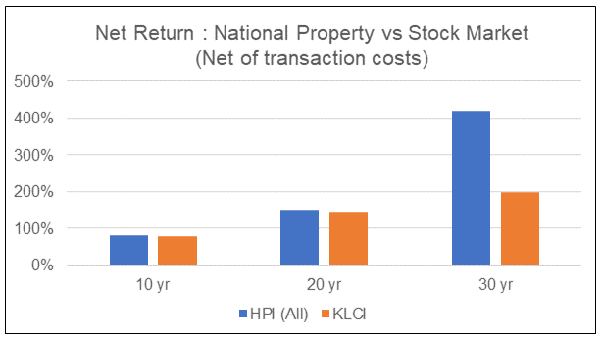
WPC is today's safest high-yield REIT, boasting a 23-year record of dividend growth. Its stability in its business model is obvious as it continues to grow its cashflow per share during lockdowns. The company is expected to collect 96% of rents in April and May of 2020, which easily covered last year's dividend. WPC expects to keep a payout ratio at 85%.
Medical Properties Trust (NYSE : MPW).
If you're a long-term income investor and are looking for a high yield REIT, you may want to check out Medical Properties Trust (NYSE: MPW). The trust is the largest landlord of hospitals worldwide and receives its majority of its revenues from rent. Investors are likely to enjoy high yields due to the trust's low P/E of 9.64. Its dividend increase has driven its current price to record heights over the past year, so you will likely receive a nice yield for now.
The stock has fallen 35% since its high as of today. This is due to a selloff within the REIT sector triggered by higher interest rates. Shares of REITs usually lose value when investors try to make up for higher risk by increasing interest rates. The REIT's dividend yield has increased from 5% last to 7% this past year, giving it great prospects for continued growth.

Alexandria (ARE)
Alexandria Real Estate Equities, Inc., is a pioneering operator, developer, investor, and owner. It focuses on agtech, collaborative campuses, and life science. Barron's has named it a "Global Sector leader" because of its four-vertical business model. Fitwel Life Science certification also has been earned by the company. This certifies that it is committed to tenant health. The company has also received the highest five-star rating available for development-stage buildings by GRESB.
Investors should be aware about Alexandria's 2.6% quarterly dividend increase. Alexandria will be the 66th equity REIT that has raised its dividend in 2018. The company has been increasing its dividend for the last decade. The latest hike results in a forward yielding 2.8%. It also marks the company's third consecutive year of dividend increases. Alexandria's dividend has been increasing for the past three consecutive years. This makes it the 66th equity RET to do so.
Alexandria (REIT)
Alexandria REIT is a real property investment trust that leases space in cities with high tech, life-science, and agricultural industries. Alexandria (REIT) properties are comparable to other REITs in terms both of the type of tenants they attract as well as the economic characteristics of their locations. These companies include multi-national pharmaceuticals and publicly-traded biotechnology companies.
The REIT's portfolio consists mainly of the research and life science industries. Currently, it leases 36 million square feet of lab space and has another 3.4 million square feet in construction. Moderna, GlaxoSmithKline, and Pfizer are the 20 largest tenants. Over the last five years, its cash flow has increased 100 percent. Because of its strong cashflow, the dividend is likely increase over time. Lease agreements usually stipulate that annual rent escalations are at least three percent.

SBA Communications (NYSE/VNQI)
SBA Communications (NYSE, VNQ), is a reit that focuses on the construction of macro-tower infrastructure. The company has been in business since 1989 and has recently expanded into 16 markets, including the United States, Latin America, the Philippines, and Africa. Jeffrey Stoops, CEO, stated that the company is experiencing "very strong customer demand" in its core markets. He is currently working to reduce its backlog. This should support growth until 2023.
While the market is under pressure after the recent volatility, investors should still remain cautious and look for a "beat and raise" quarter from cell tower REITs. SBA Communications is an attractive investment as its international lease escalators, which are tied to local CPI, makes them inflation-hedged REITs. American Tower has increased its full-year revenue, as well as its AFFO growth guidance.
FAQ
What is the difference in marketable and non-marketable securities
The differences between non-marketable and marketable securities include lower liquidity, trading volumes, higher transaction costs, and lower trading volume. Marketable securities, on the other hand, are traded on exchanges and therefore have greater liquidity and trading volume. Because they trade 24/7, they offer better price discovery and liquidity. However, there are many exceptions to this rule. For example, some mutual funds are only open to institutional investors and therefore do not trade on public markets.
Marketable securities are less risky than those that are not marketable. They typically have lower yields than marketable securities and require higher initial capital deposit. Marketable securities tend to be safer and easier than non-marketable securities.
For example, a bond issued in large numbers is more likely to be repaid than a bond issued in small quantities. The reason is that the former is likely to have a strong balance sheet while the latter may not.
Because they are able to earn greater portfolio returns, investment firms prefer to hold marketable security.
What is the main difference between the stock exchange and the securities marketplace?
The securities market is the whole group of companies that are listed on any exchange for trading shares. This includes stocks and bonds, options and futures contracts as well as other financial instruments. Stock markets are typically divided into primary and secondary categories. Primary stock markets include large exchanges such as the NYSE (New York Stock Exchange) and NASDAQ (National Association of Securities Dealers Automated Quotations). Secondary stock markets let investors trade privately and are smaller than the NYSE (New York Stock Exchange). These include OTC Bulletin Board Over-the-Counter (Pink Sheets) and Nasdaq ShortCap Market.
Stock markets are important for their ability to allow individuals to purchase and sell shares of businesses. Their value is determined by the price at which shares can be traded. The company will issue new shares to the general population when it goes public. These shares are issued to investors who receive dividends. Dividends are payments made to shareholders by a corporation.
Stock markets provide buyers and sellers with a platform, as well as being a means of corporate governance. Shareholders elect boards of directors that oversee management. Boards ensure that managers use ethical business practices. In the event that a board fails to carry out this function, government may intervene and replace the board.
Is stock a security that can be traded?
Stock is an investment vehicle which allows you to purchase company shares to make your money. This is done via a brokerage firm where you purchase stocks and bonds.
Direct investments in stocks and mutual funds are also possible. There are over 50,000 mutual funds options.
The difference between these two options is how you make your money. With direct investment, you earn income from dividends paid by the company, while with stock trading, you actually trade stocks or bonds in order to profit.
Both of these cases are a purchase of ownership in a business. You become a shareholder when you purchase a share of a company and you receive dividends based upon how much it earns.
Stock trading gives you the option to either short-sell (borrow a stock) and hope it drops below your cost or go long-term by holding onto the shares, hoping that their value increases.
There are three types: put, call, and exchange-traded. Call and put options let you buy or sell any stock at a predetermined price and within a prescribed time. ETFs, also known as mutual funds or exchange-traded funds, track a range of stocks instead of individual securities.
Stock trading is very popular because investors can participate in the growth of a business without having to manage daily operations.
Stock trading can be a difficult job that requires extensive planning and study. However, it can bring you great returns if done well. It is important to have a solid understanding of economics, finance, and accounting before you can pursue this career.
What is security in the stock exchange?
Security is an asset which generates income for its owners. Most common security type is shares in companies.
A company may issue different types of securities such as bonds, preferred stocks, and common stocks.
The earnings per shares (EPS) or dividends paid by a company affect the value of a stock.
You own a part of the company when you purchase a share. This gives you a claim on future profits. If the company pays a payout, you get money from them.
Your shares can be sold at any time.
Statistics
- The S&P 500 has grown about 10.5% per year since its establishment in the 1920s. (investopedia.com)
- Even if you find talent for trading stocks, allocating more than 10% of your portfolio to an individual stock can expose your savings to too much volatility. (nerdwallet.com)
- US resident who opens a new IBKR Pro individual or joint account receives a 0.25% rate reduction on margin loans. (nerdwallet.com)
- For instance, an individual or entity that owns 100,000 shares of a company with one million outstanding shares would have a 10% ownership stake. (investopedia.com)
External Links
How To
How to create a trading strategy
A trading plan helps you manage your money effectively. It helps you identify your financial goals and how much you have.
Before you start a trading strategy, think about what you are trying to accomplish. You may want to make more money, earn more interest, or save money. You might want to invest your money in shares and bonds if it's saving you money. If you're earning interest, you could put some into a savings account or buy a house. Perhaps you would like to travel or buy something nicer if you have less money.
Once you decide what you want to do, you'll need a starting point. This depends on where your home is and whether you have loans or other debts. Also, consider how much money you make each month (or week). Your income is the net amount of money you make after paying taxes.
Next, you'll need to save enough money to cover your expenses. These expenses include bills, rent and food as well as travel costs. Your total monthly expenses will include all of these.
You will need to calculate how much money you have left at the end each month. This is your net available income.
You're now able to determine how to spend your money the most efficiently.
Download one online to get started. Or ask someone who knows about investing to show you how to build one.
Here's an example of a simple Excel spreadsheet that you can open in Microsoft Excel.
This graph shows your total income and expenditures so far. It includes your current bank account balance and your investment portfolio.
Another example. This was designed by a financial professional.
It shows you how to calculate the amount of risk you can afford to take.
Do not try to predict the future. Instead, put your focus on the present and how you can use it wisely.